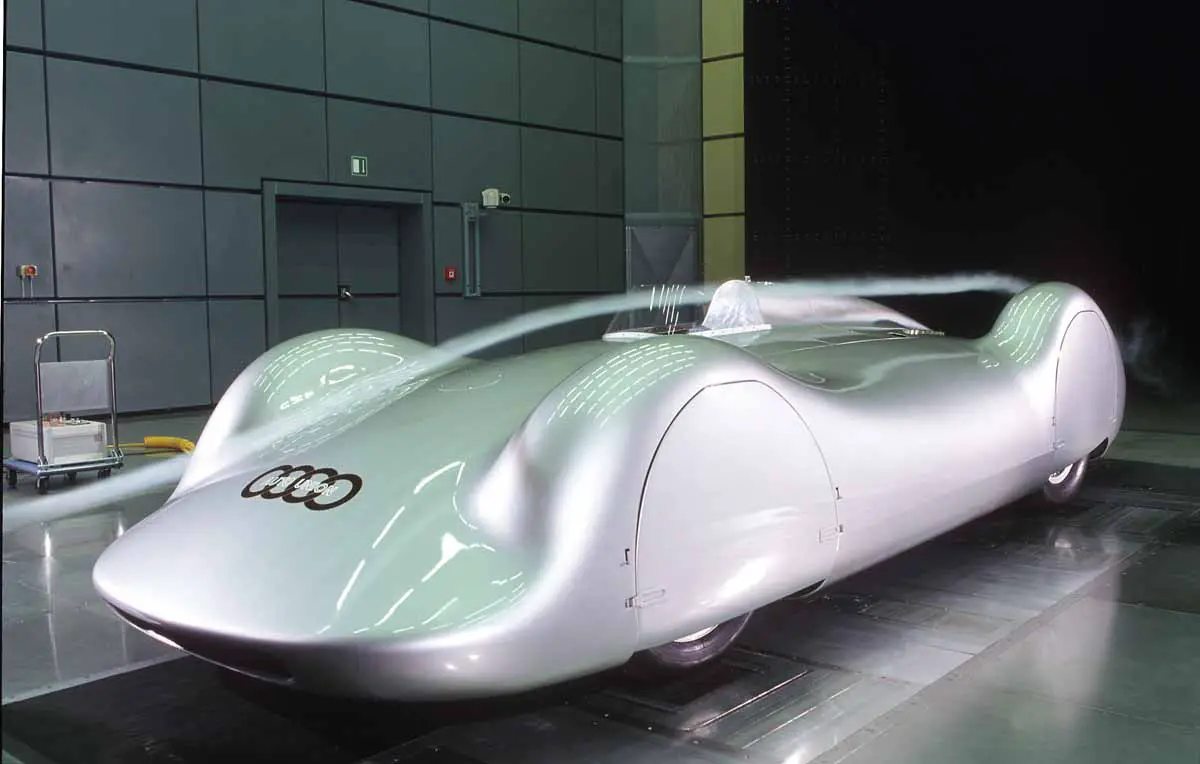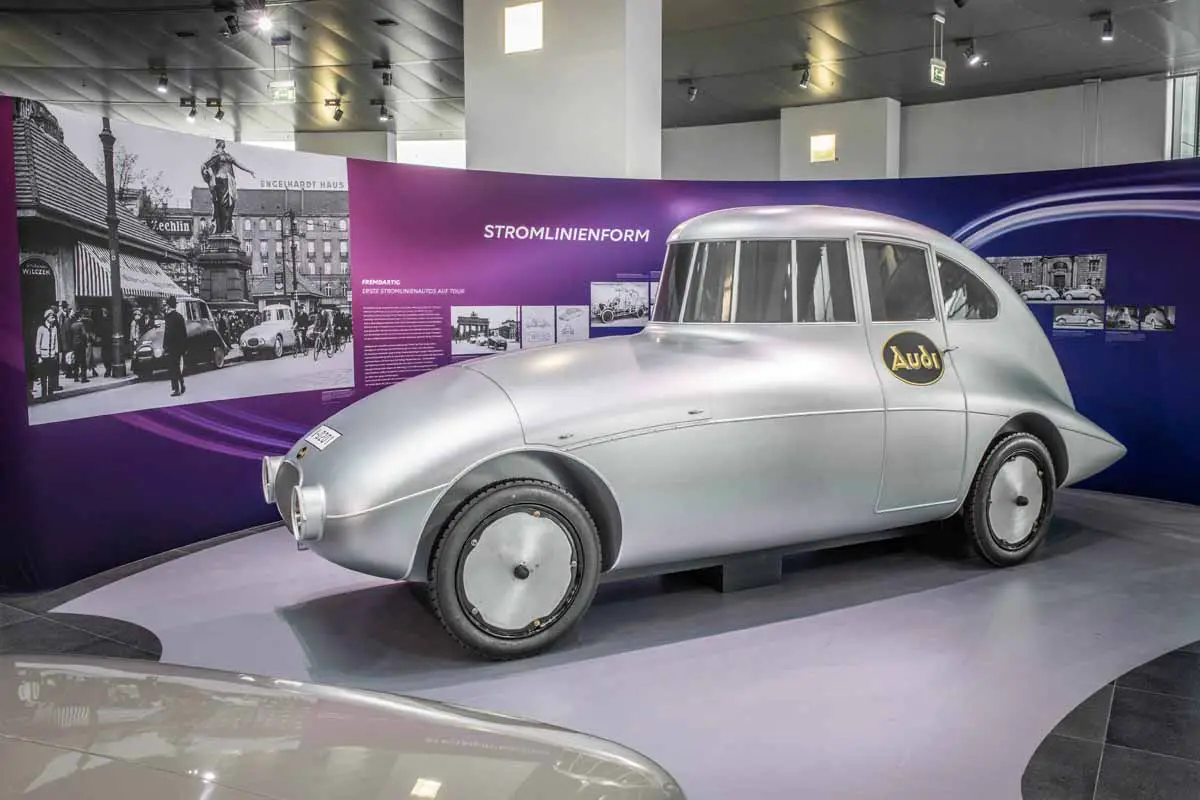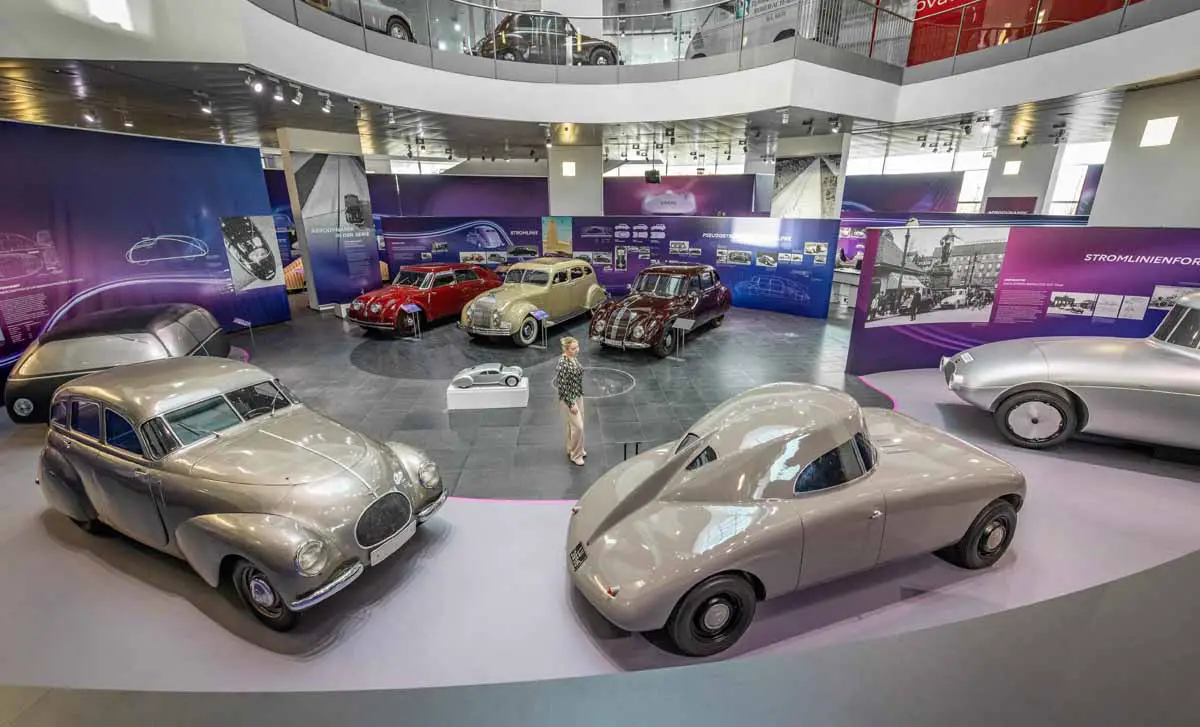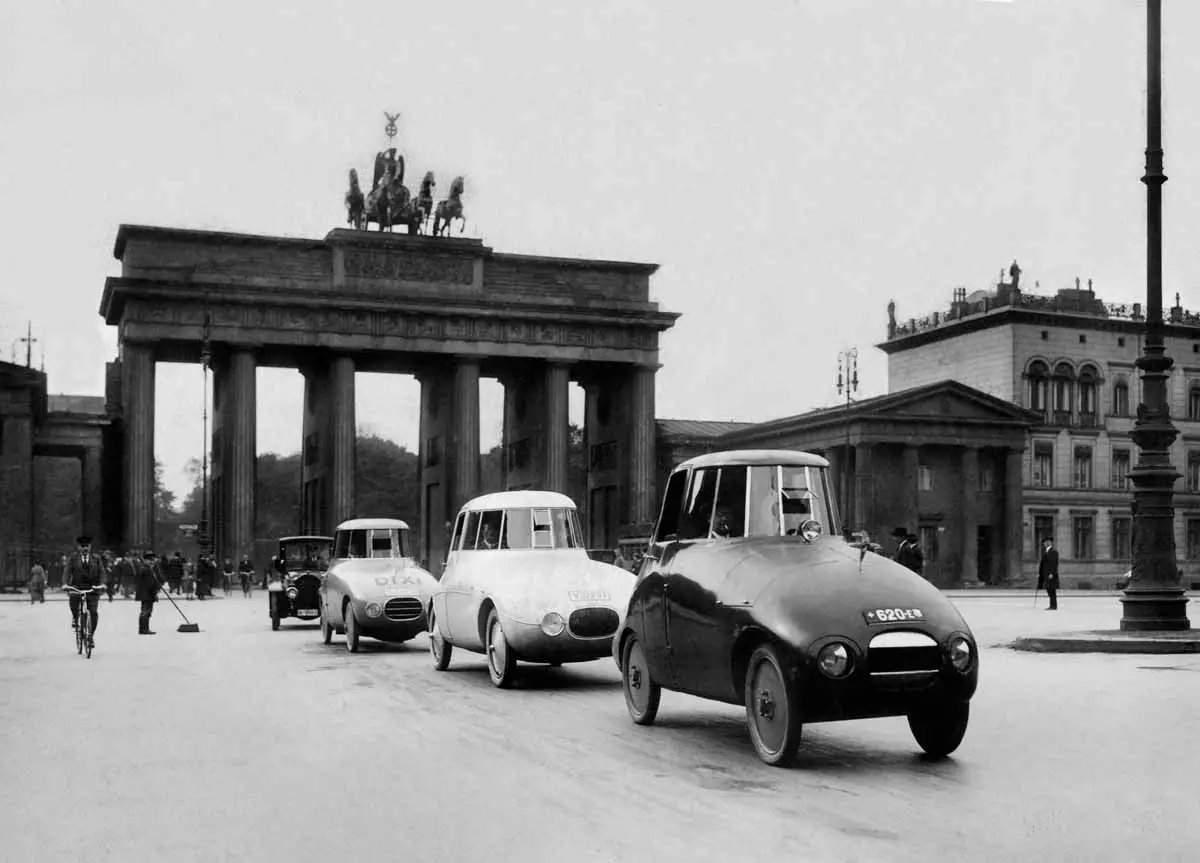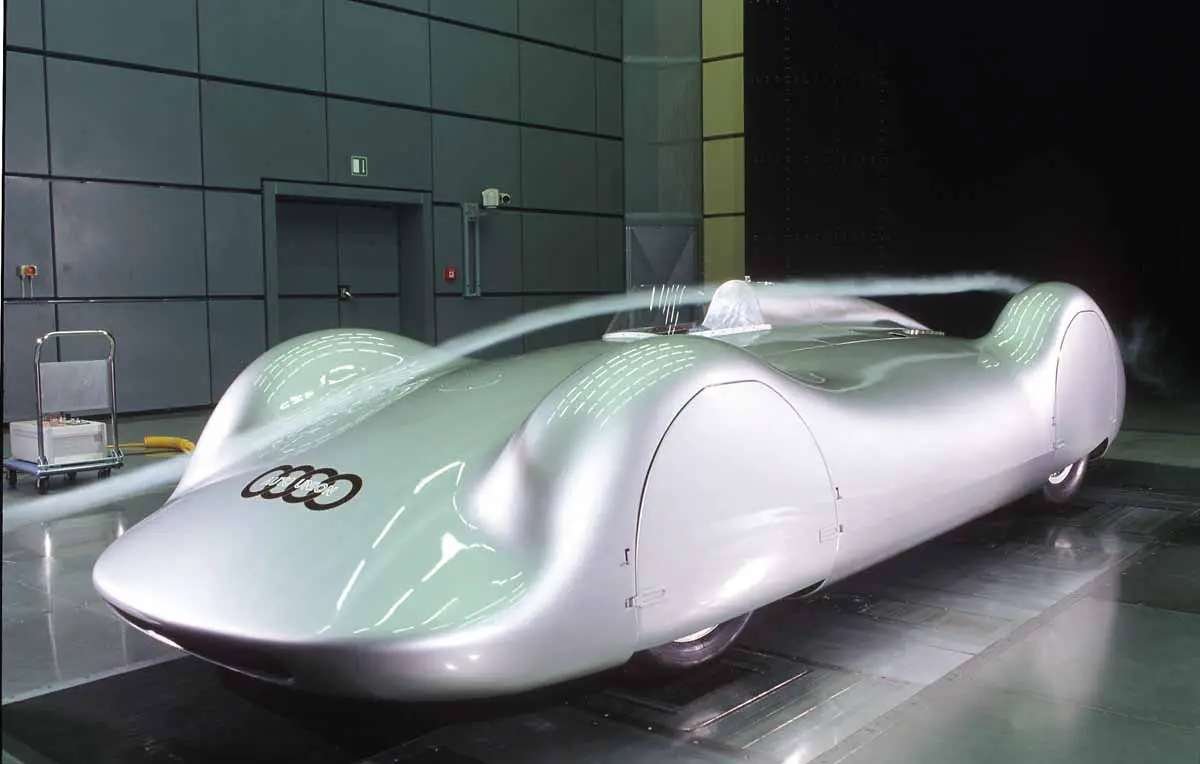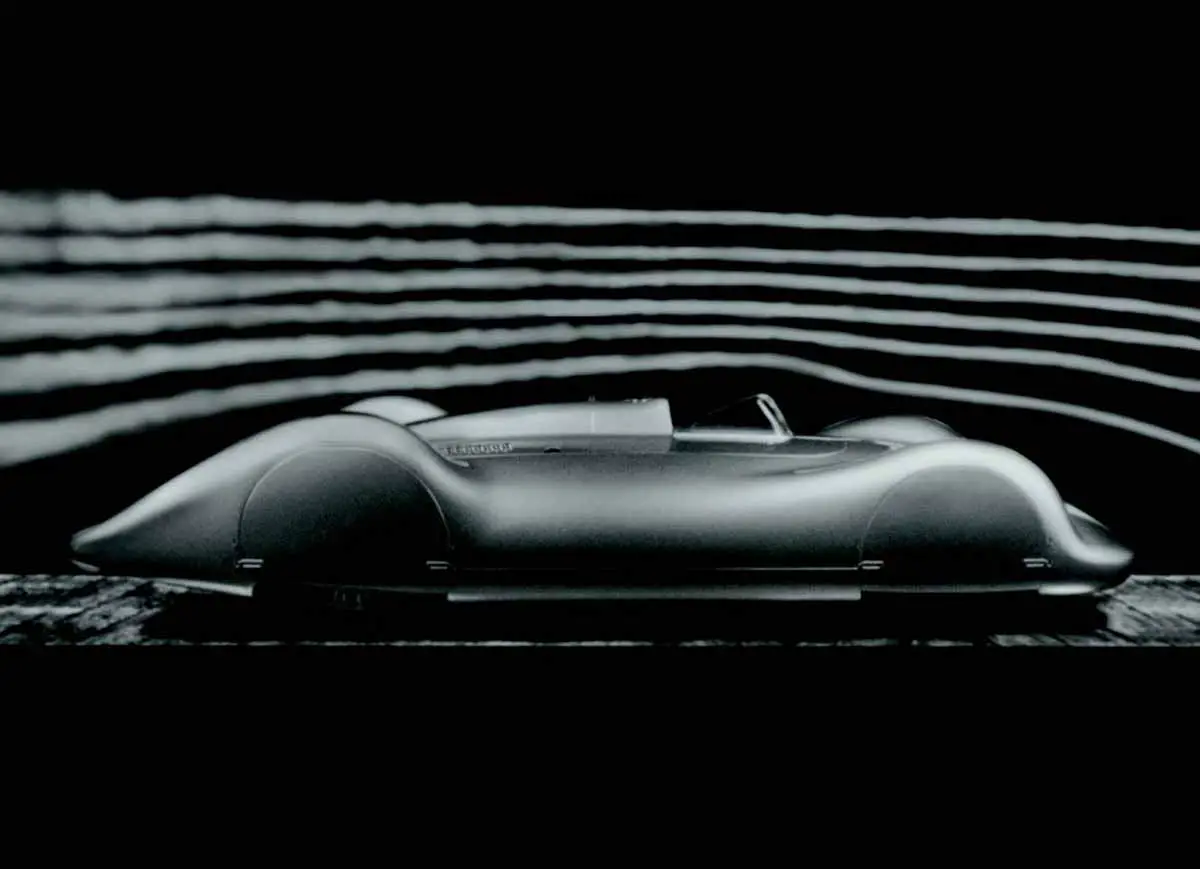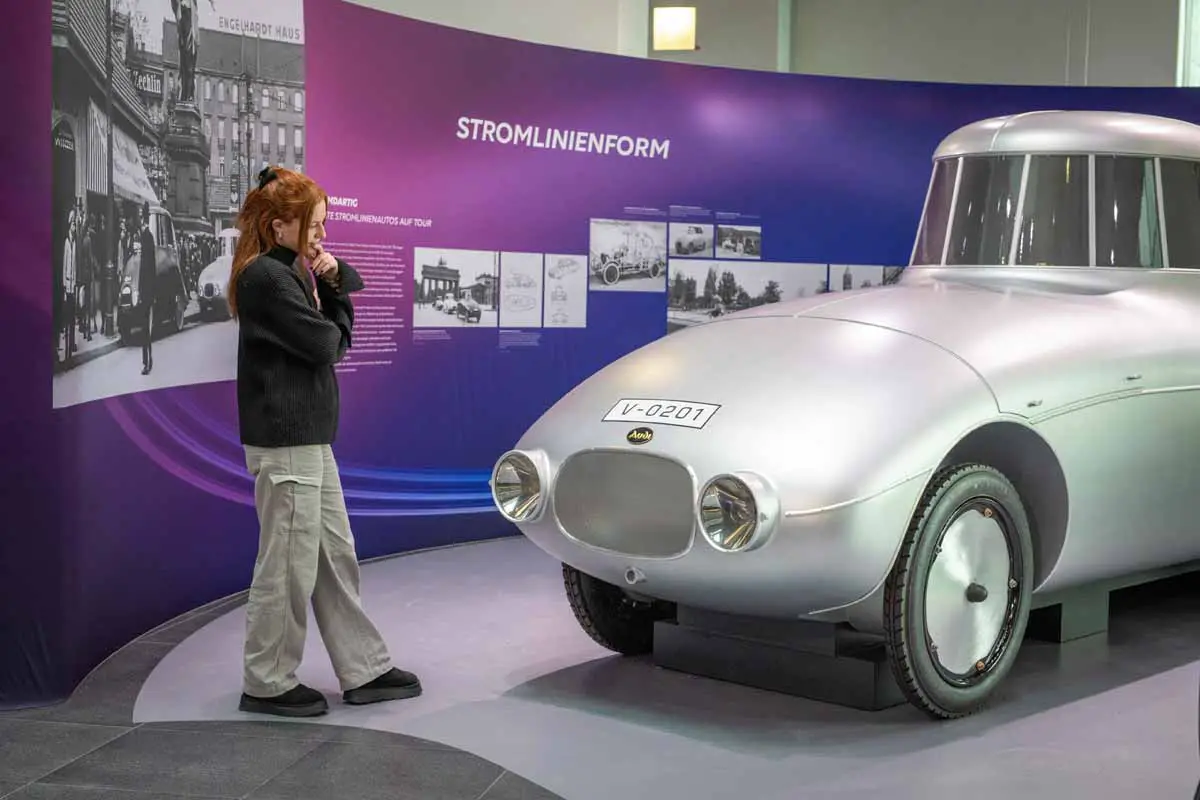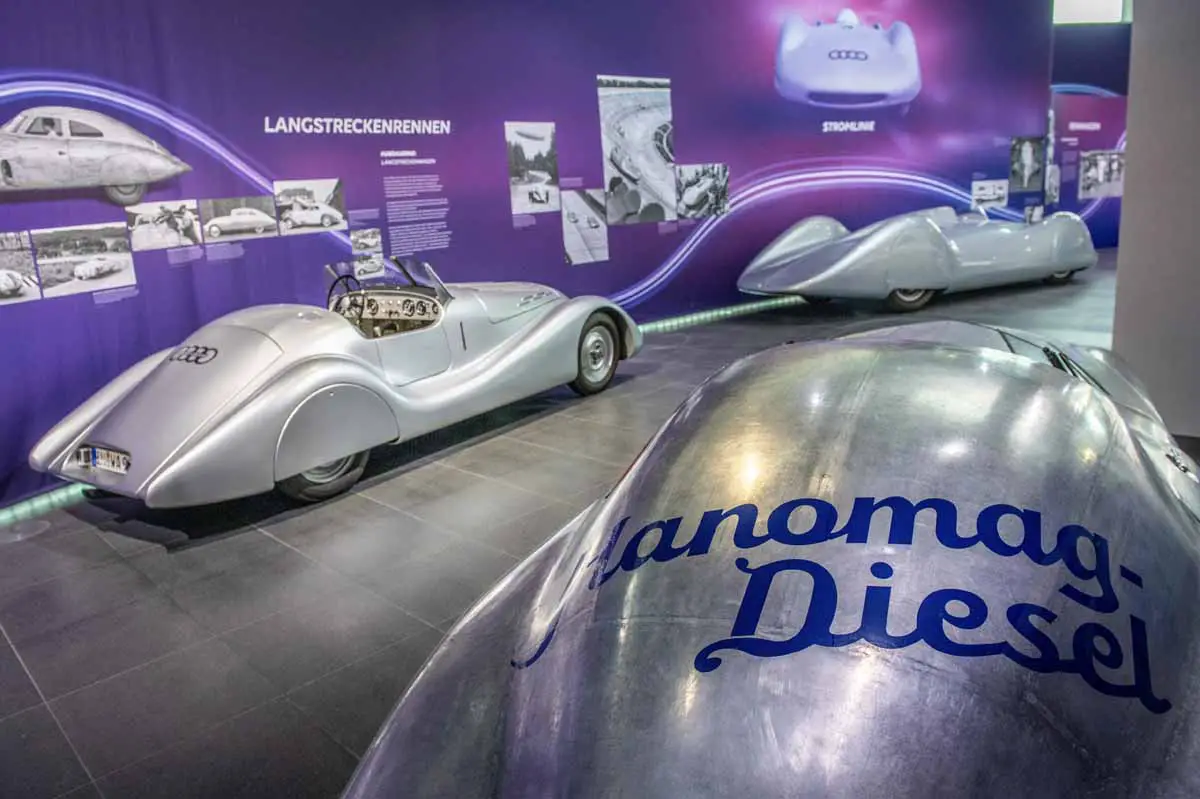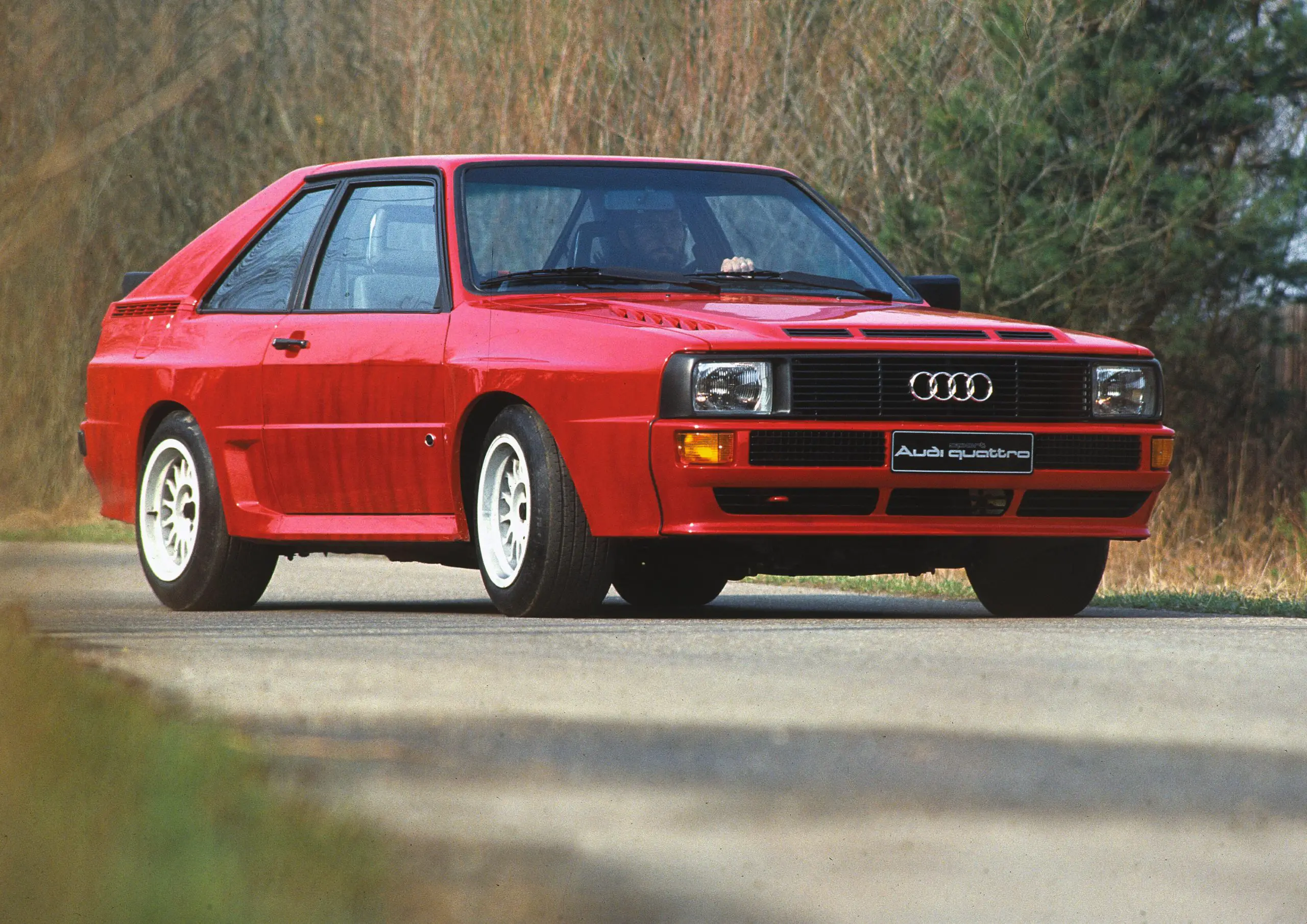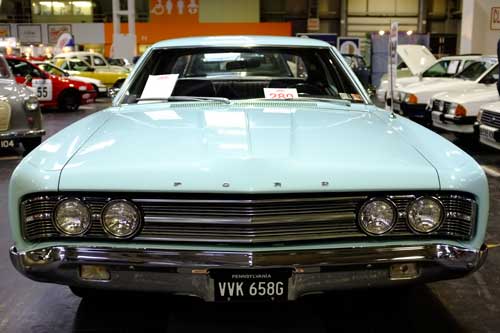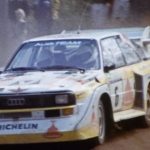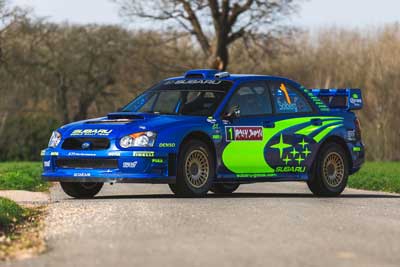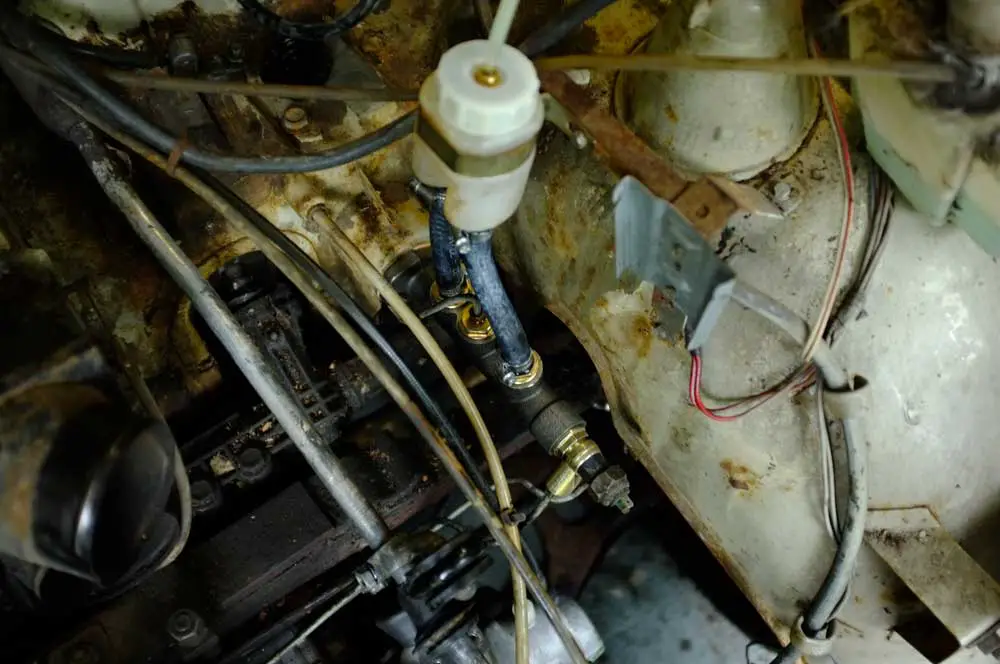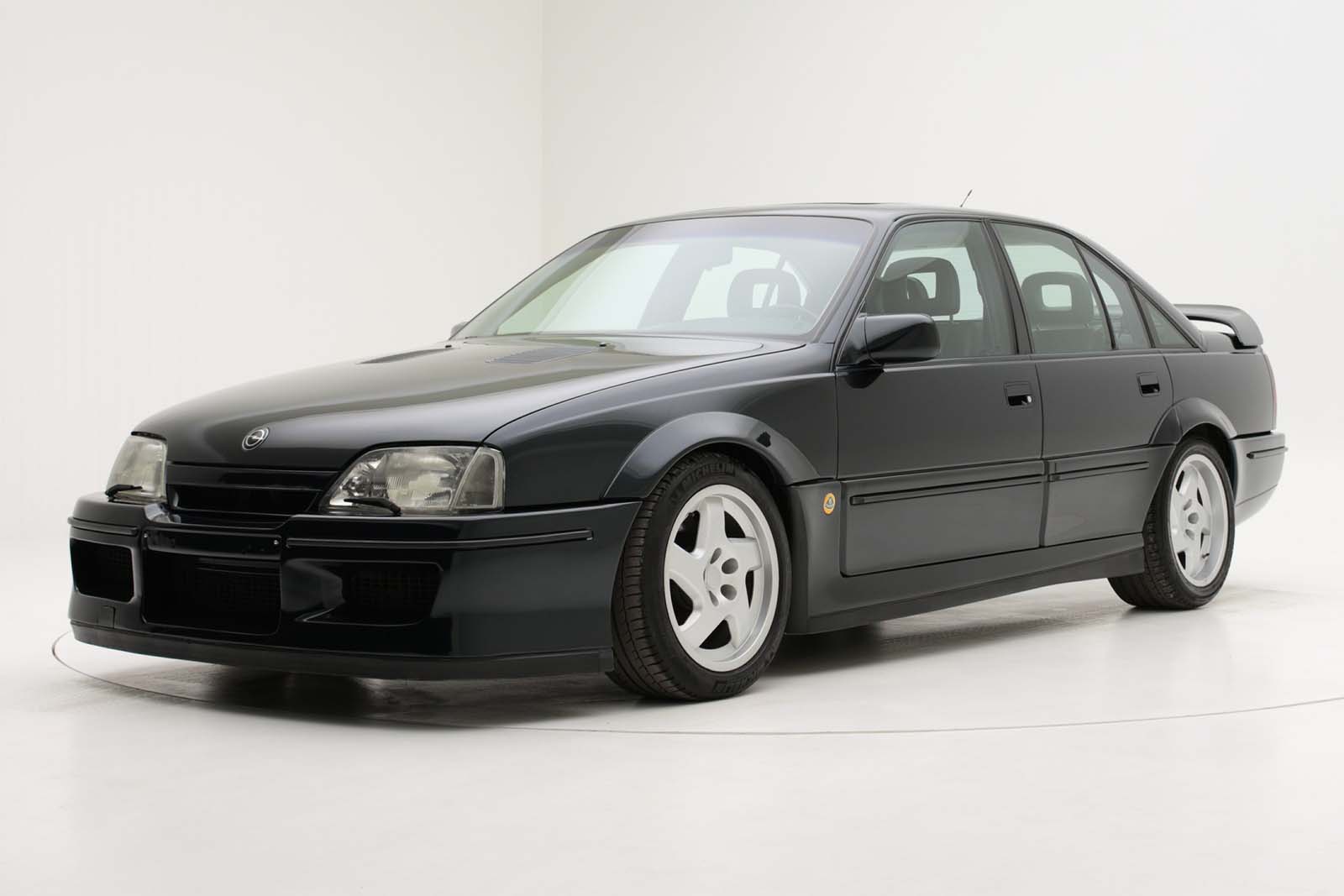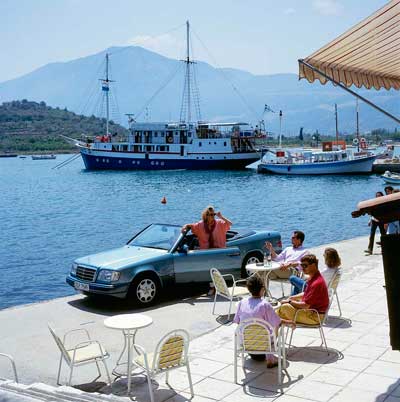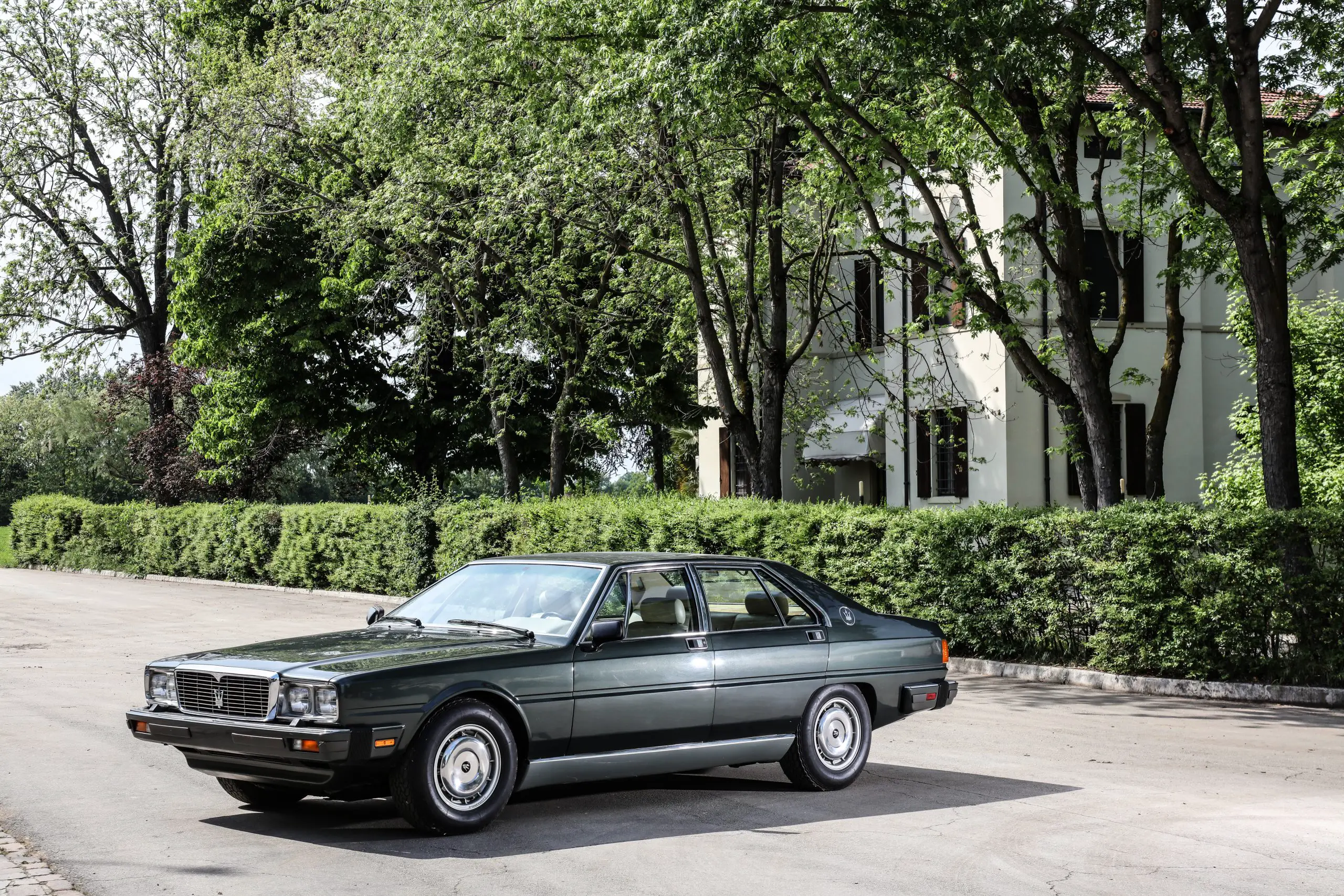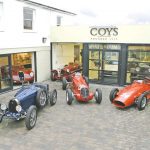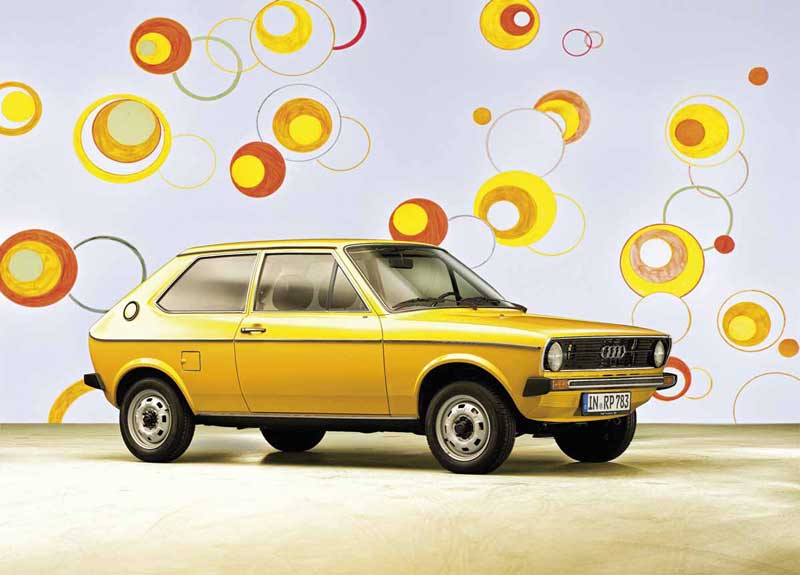
Audi Goes Streamlined With A New Exhibition On The History Of Aerodynamics
The Audi museum mobile has a special exhibition on the history of automotive aerodynamics. Currently at the Audi museum and the August Horch Museum are showing aerodynamic concepts used in automotive engineering from the past. Aerodynamics Part 1 in Ingolstadt shows the beginnings to 1945 and from the 1st of December in Zwickau, Part 2 – Aerodynamics from 1945 to the present day.
Aerodynamics is just as important today as it was then, the exhibition “Windschnittig”, German for “streamlined”, takes visitors on a journey showing the beginnings of aerodynamic concepts to the second exhibition titled “Form vollendet”, German for “perfect form” in Zwickau.
Both of these new exhibitions will run until June 2024 and lucky attendees will be able to see the Model of the Audi Type C Jaray.
Edmund Rumpler, Paul Jaray, and Baron Reinhard von Koenig-Fachsenfeld stand as influential figures in the history of aerodynamics, particularly in the early 1900s. These pioneers undertook the innovative task of adapting the shapes of automobiles to harmonize with the principles of aerodynamics.
Their endeavors were fueled by a rising interest in aviation during that era and a penchant for drawing inspiration from natural patterns. Shapes like wings and teardrops became wellsprings of revolutionary ideas.
In the initial stages, these engineers faced considerable challenges in gaining acceptance for their aerodynamic bodywork designs. The scientific principles that formed the basis of their designs were ahead of the expectations held by both customers and manufacturers in the automotive industry.
Despite the initial resistance, a shift in perspective occurred with the introduction of new research and design methodologies, notably the incorporation of wind tunnel research.
These advancements played a pivotal role in altering the perception of aerodynamic principles and their application in automotive design, marking a transformative phase in the history of automotive aerodynamics.
The “Streamline” concept, derived from the scientific study of fluids, became a pivotal aerodynamic exploration, especially in the interwar period. This unique shape captivated aerodynamics researchers as they sought ways to minimize air resistance on vehicle bodies. The primary objectives were to enhance fuel efficiency and optimize cars for long-distance travel. Motorsport emerged as an ideal testing ground for manufacturers eager to push the boundaries of innovation.
In the early months of 1937, the racing department at Auto Union AG embarked on a groundbreaking project: the development of a fully streamlined car based on the Auto Union Type C. Despite retaining the engine and chassis in their original state, the focus of innovation was on the streamlined body.
Josef Mickl, an aerodynamics engineer from the Porsche design office, played a crucial role in shaping the design. The streamlined car made its debut at the AVUS race in 1937, achieving remarkable record speeds exceeding 400 km/h (249 mph) in numerous record-breaking runs.
This successful venture not only showcased the potential of aerodynamics in racing but also highlighted its broader applications for improving the efficiency and performance of automobiles.
The Audi museum mobile introduces its new special exhibition, “Streamlined,” showcasing the research, development, driving personalities, and fundamental aerodynamic concepts from the pre-1945 era.
The exhibition features over a dozen rare and unique vehicles that exemplify the distinctive blend of efficiency, sustainability, and design inherent in aerodynamics.
A standout piece in the exhibition is the Audi Type C Jaray, completed in 2023, challenging previous assumptions about its origin. Initially believed to be constructed by Paul Jaray based on an Audi Type K, further research by the exhibition team revealed its foundation to be an Audi Type C.
The exhibition, running from December 1, provides an insightful journey into the post-war evolution of aerodynamics at the August Horch Museum in Zwickau. The follow-up exhibition, titled “Form vollendet,” promises almost two dozen large exhibits and additional models for visitors to explore.
Thomas Stebich, overseeing both the Audi museum mobile and the August Horch Museum, emphasizes that this two-part exhibition series will offer a comprehensive overview of aerodynamics from its inception to the present day. The second part, “Form vollendet,” is scheduled to move to the Audi museum mobile in Ingolstadt from July 2024.

The Audi 50 At 50, Germany’s First Small Car
The Audi 50 that was the basis for the VW Polo is now 50. The small car was developed ahead of the oil crisis of
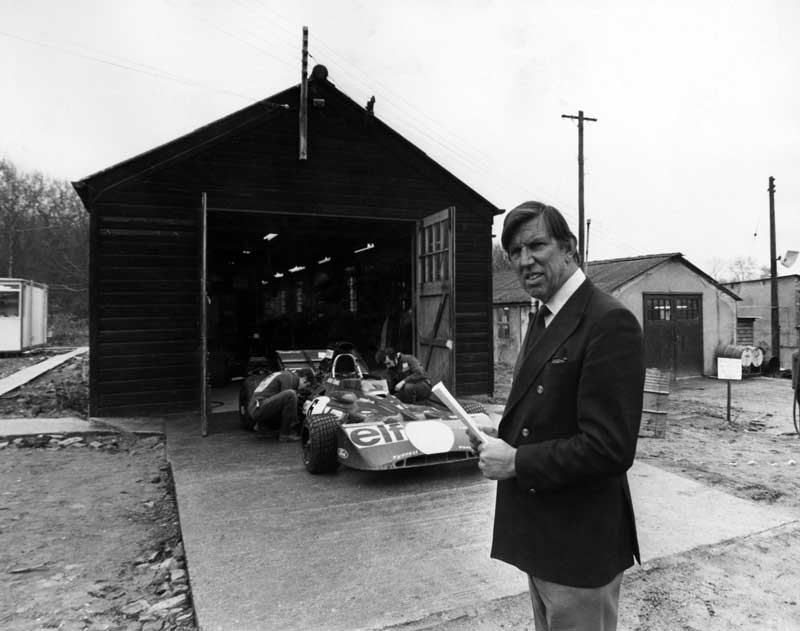
The Best Things Happen In An English Shed, Especially The Tyrrell Shed At Goodwood
The Tyrrell Shed once home of the World Championship winning Tyrrell Formula 1 team has been relocated to Goodwood and is set to open for
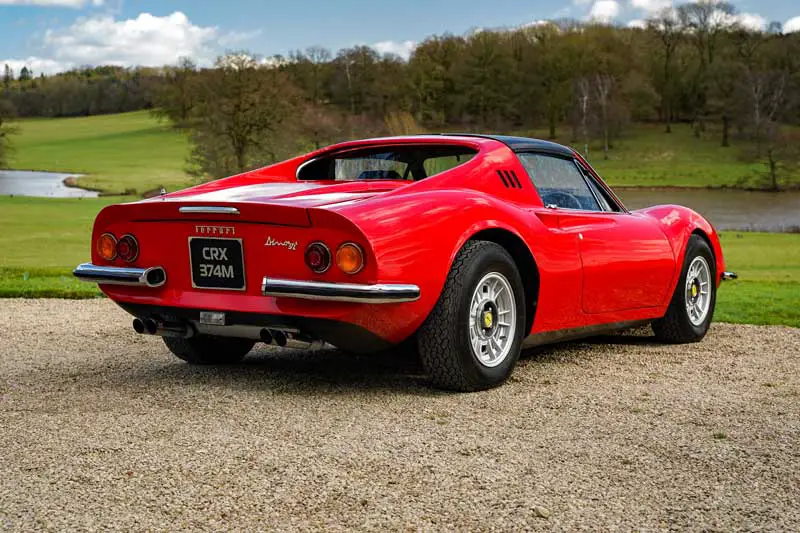
A 1973 Ferrari 246 Dino From The Manager Of Rock Legends Led Zeppelin Sold At Auction
Something of a piece of rock and roll history went for sale with the auction of Led Zeppelin manager Peter Grant’s old Ferrari 246 Dino
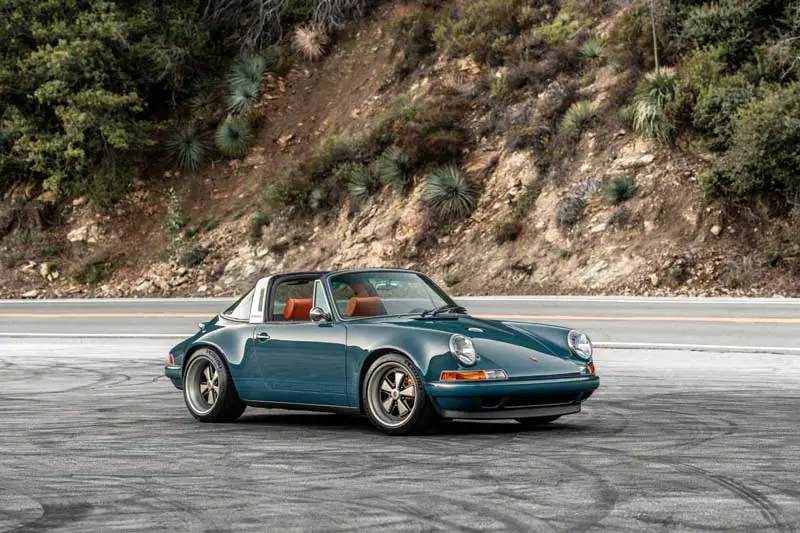
California Based Singer Has Completed Its 300th Restoration, The Sotto
Restomodders Singer have produced their 300th 911 already and it’s another964 based conversion called the Sotto. It’s almost hard to believe it was a964, though
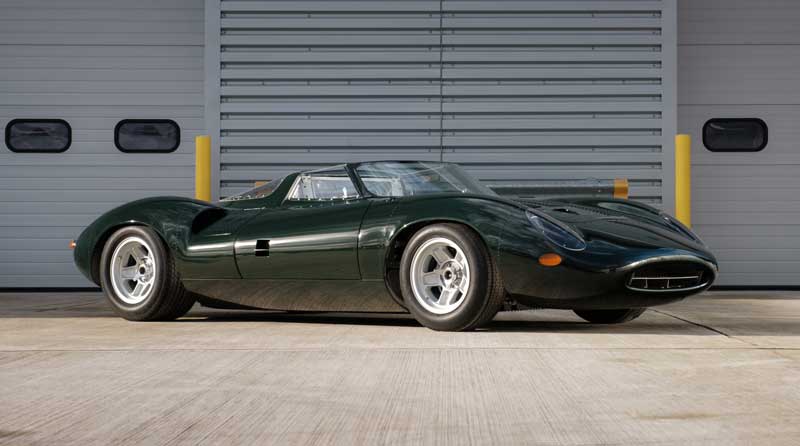
The True Spirit Of The Jaguar XJ13 Presented By JD Classics At Retromobile 2024
The masterpiece that is the Spirit of the XJ13 is unveiled at Retromobile 2024 by JD Classics of Chelmsford, England, and seen for the first
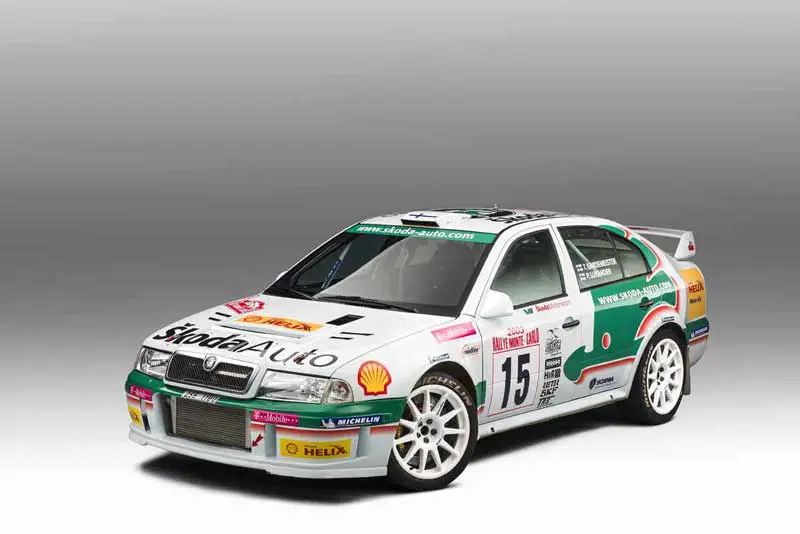
25 Years Of Škoda In The World Rally Championship
Škoda are no strangers to rallying having been successful for many years, but its now 25 years since their debut in the FIA World Rally
